From seed to tree: A timeline of the UPC
On Thursday 1 June, the Unified Patent Court will become the first active supranational patent court in the world. But, even as recently as 2021, it seemed unlikely that the court would emerge at all. The dream of many patent lawyers, litigators and judges has overcome several obstacles to reach its launch day, which was envisaged as far back as 1975. Here, JUVE Patent has produced a timeline of the UPC's most important milestones.
30 May 2023 by Amy Sandys
Timeline of the UPC’s development
While the UPC project is finally launching in earnest, the plans for its development have not always been so concrete. There had been discussions around the idea of a European patent as early as 1949. In 1962, the European Commission even published a draft agreement on a ‘European patent’, although negotiations eventually fell through.
While member states of the European Economic Community, what became the precursor to the European Union, touted the idea of a ‘community patent’ in 1975, the court found several stumbling blocks in its path. As such, it took almost 50 years for the UPC as envisioned today to get off the ground.
JUVE Patent’s recent history of the UPC, with the timeline from 1975-present, takes readers through the court’s most important milestones, hurdles and achievements. Readers can also discover all of JUVE Patent’s UPC coverage from 2018 until now, via the JUVE Patent UPC trending topic.
The first stages in the development of the community patent begin
October 1973
16 countries sign the European Patent Convention in Munich.
December 1975
The first attempt of the-then member states of the European Economic Community (EEC), including the Netherlands, Italy and Germany, to sign the Community Patent Convention. It never enters into force.
December 1989
In the second attempt to unify the EEC on patent grounds, a number of the community’s states sign another agreement for a community patent. At this point, France is also a member. However, only seven states ratify.
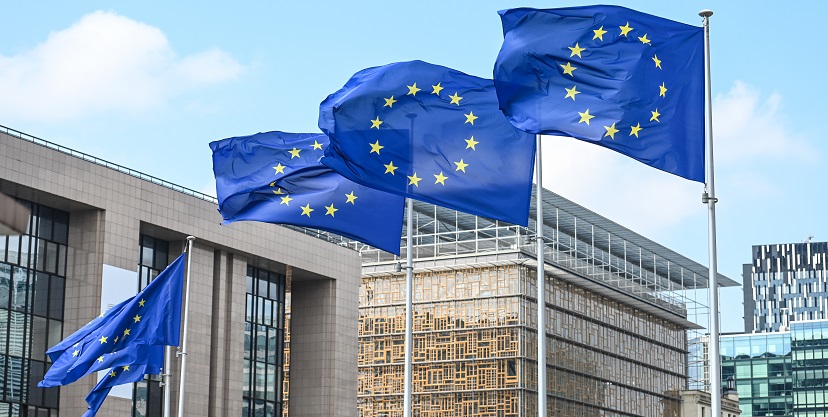
Before the EU as it is known today, Europe-wide political decisions came under the remit of the European Economic Community. ©JeanLuc/ADOBE STOCK
In the 2000s, the EU makes progress in establishing a Community Patents Court
August 2000
Almost eleven years later, the EU Commission proposes the creation of the Community patent, which would allow inventors to obtain a single patent legally valid throughout the EU, in the hope of encouraging innovation and harmonising case law.
March 2003
The project makes progress as the Competitiveness Council, which is comprised of EU member states’ ministers of economic affairs, meets in Brussels to discuss launching a Community Patents Court by 2010. However, by 2004 the bid has failed due to disagreement on the language issue.
December 2009
The European Council agrees on a reform of the European patent system, with a Community patent and a Europe-wide patent court as important pillars.
Read more about how the EU launched the reform of the European patent system (in German)
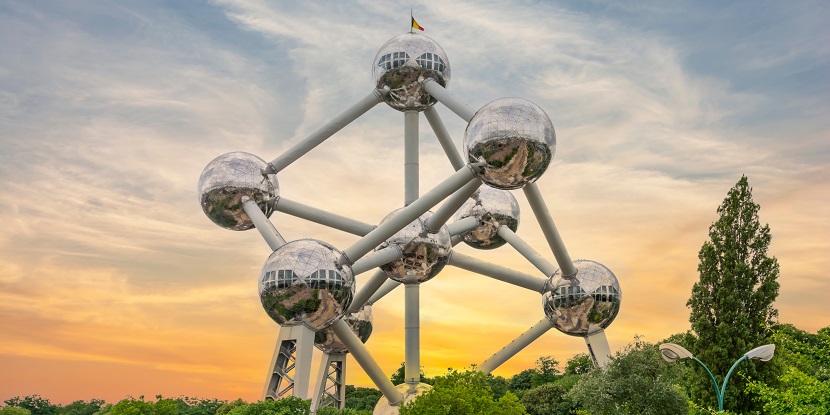
Brussels becomes the hub of plans for the UPC. ©Mistervlad/ADOBE STOCK
From 2010 onwards, the EU finds more stumbling blocks
November 2010
Spain does not participate in discussions around the European patent and the potential Unified Patent Court due to agreement that only English, French or German will be spoke among the divisions. Italy also opposes the plans.
November 2010
The remaining 25 EU states use the instrument of “enhanced cooperation” from the Lisbon Treaty, which enabled them to continue without Spain and Italy. This gives rise to the European patent package, consisting of the unitary patent and UPC as we know it today.
March 2011
The CJEU releases an opinion which highlights that plans for the UPC are incompatible with European law. Thus, the European patent package is being redrafted. The UPC can no longer start as an EU court, but rather as a supranational court comprised of EU states.
Read more about the CJEU’s opinion rejecting the burgeoning court (in German)
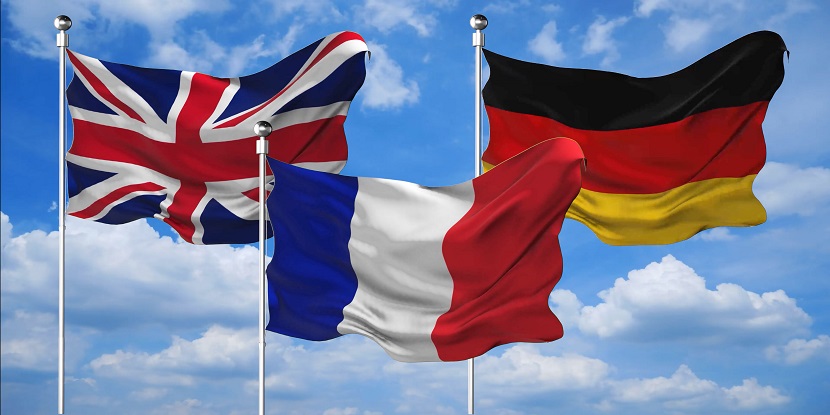
It is decided that French, German and English will be the official languages of the Europe-wide patent court. ©Дмитрий Сысой/ADOBE STOCK
From 2011 until the mid-2010s, the EU makes progress with patent treaties
March 2011
The EU Competition Council approves enhanced cooperation of 25 of the 27 EU states to create the EU patent.
Read more about the EU’s approval making way for uniform patent protection (in German)
December 2012
The Council of the European Union and the European Parliament agree on two regulations which lay the foundation for unitary patent protection in the EU.
February 2013
24 EU countries sign the treaties for an EU patent. At this point, countries with the highest number of patent applications – Great Britain, France, Germany – are obligatory signees.
Read more about the development of the EU’s ‘enhanced cooperation’ approach (in German)
April 2013
Italy and Spain fail with their first lawsuit at the CJEU against the introduction of the EU patent on the path of enhanced cooperation.
May 2015
Spain fails with another lawsuit against the EU patent at the CJEU.

The Court of Justice of the European Union (CJEU) building in Luxembourg City ©diegograndi/ADOBE STOCK
From 2016, Brexit and the German Constitutional Complaint threaten the UPC
June 2016
The Brexit referendum result in the UK delays the UPC again, but the government indicates it intends to continue its participation in the Europe-wide court.
June 2017
An unknown plaintiff halts UPC ratification in Germany, after claiming approval of the law by the Bundestag contravenes German constitutional law. It is later discovered that the complainant is Düsseldorf-based lawyer, Ingve Stjerna.
Read more about the ‘lone warrior’, Ingve Stjerna.
April 2018
The UK government, under then-prime minister Theresa May, ratifies the UPC agreement. However, after the UK parliament rejects her Brexit deal, it seems trouble lies ahead for UK participation in the European court.
Read more about the UK’s post-Brexit relationship with the then-feasible UPC project.
February 2020
Boris Johnson’s UK government ends the country’s participation in the UPC. A Cabinet Office spokesperson confirms to JUVE Patent that “the UK will not be seeking involvement in the UP/UPC system. Participating in a court that applies EU law and bound by the CJEU is inconsistent with becoming an independent, self-governing nation.”
Read more about the UK’s eventual rejection of participation in the UPC.
March 2020
The German Constitutional Court upholds Stjerna’s first UPC complaint, ruling the German constitution incompatible with how the government and parliament had brought the UPC laws into being. This is a blow for the project, since Germany is one of the three key member states that must ratify the agreement in order for the UPC to go ahead.
Read more about the court’s decision to uphold the first constitutional complaint.
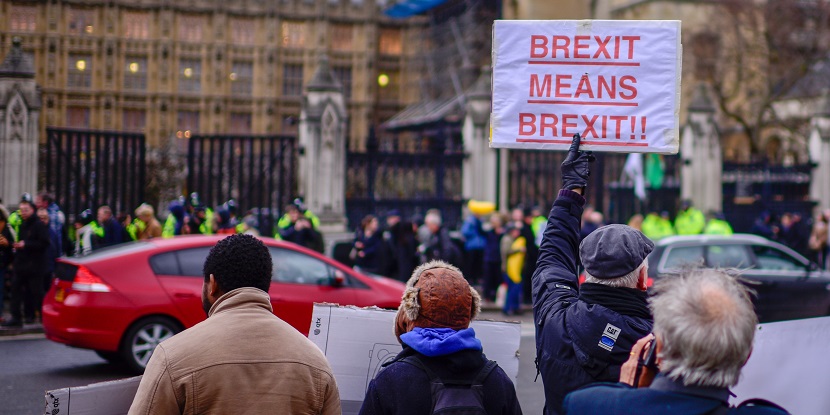
For the UK government, ‘Brexit means Brexit’ as far as the UPC is concerned. ©Martin/ADOBE STOCK
Hope on the horizon in the midst of COVID-19
March 2020
Despite the Federal Constitutional Court invalidating the German UPC legislation, the government announces the Bundestag will vote again during this legislative period.
Read more about the German government’s perseverance with the UPC legislation.
September 2020
The Italian government officially fields the northern Italian city of Milan as a candidate for the third seat of the UPC’s central division. Originally destined for London, the Brexit influence means the UPC must find a new candidate.
December 2020
The German parliament, or Bundesrat, votes unanimously in favour of the German UPC legislation, clearing all parliamentary hurdles. However, just days later, the Federal Constitutional Court receives two complaints against the German UPC legislation. Ingve Stjerna is once again behind these.
Read more about the two further consitutional complaints laid before the constitutional court.
January 2021
JUVE Patent learns that German federal president Frank-Walter Steinmeier is waiting to execute the UPC law, making no moves to bring the law into force. The German Constitutional Court had asked him to wait on their decision regarding the interim injunction, before executing the UPC law.
Read more about the process behind Steinmeier’s decision.
July 2021
The UPC dream gets closer after the German Constitutional Court rejects two applications for an interim injunction against the German UPC laws. Effectively, the German government can now ratify the UPC.
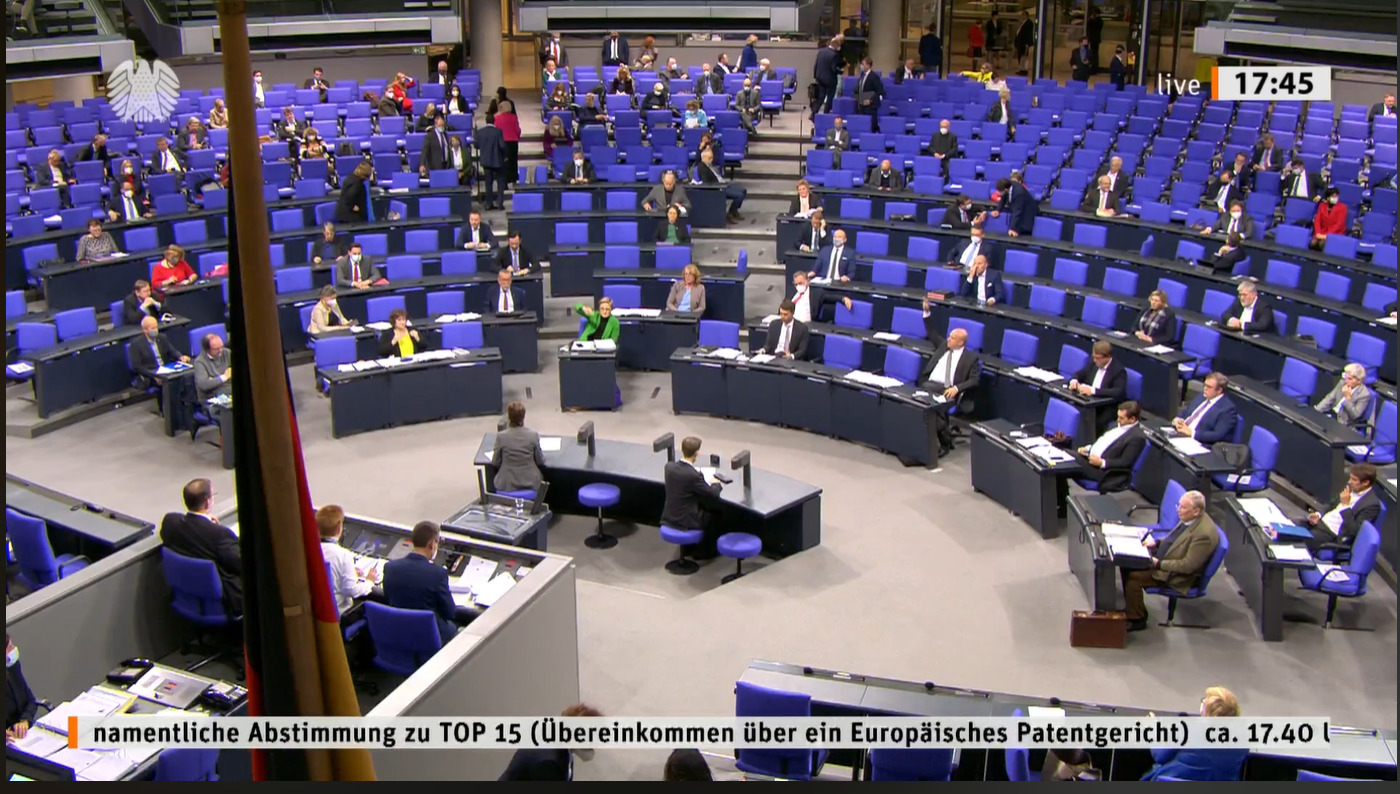
The German Bundestag votes on the UPC legislation, passing it through with 88% in favour. ©Screenshot Deutscher Bundestag
UPC project gains traction after the tumultous COVID years
January 2022
Austria deposits its instrument of ratification of the Protocol for the Provisional Application of the UPC (PAP) with the European Council, meaning the PAP will enter into force immediately. Preparation for the Unified Patent Court can officially start.
Read more about Austria’s ratification, which kick-starts preparations for the new court.
June 2022
Ireland’s government reaffirms its commitment to UPC participation, announcing a referendum for 2023 or 2024 at the latest. A positive outcome would mean Dublin will host a local division.
October 2022
The UPC Administrative Committee announces the total list of its 85 judges, including 34 legally qualified and 51 technically qualified individuals. Debate over potential conflict issues ensues.
Read JUVE Patent’s analysis of the final UPC judicial list.
February 2023
Germany formally deposits its instrument of ratification of the UPCA with the Council of the European Union, becoming the 17th member state to do so. The UPC can now officially begin on 1 June 2023.
Read more about Germany depositing its instrument of ratification of the UPC Agreement.
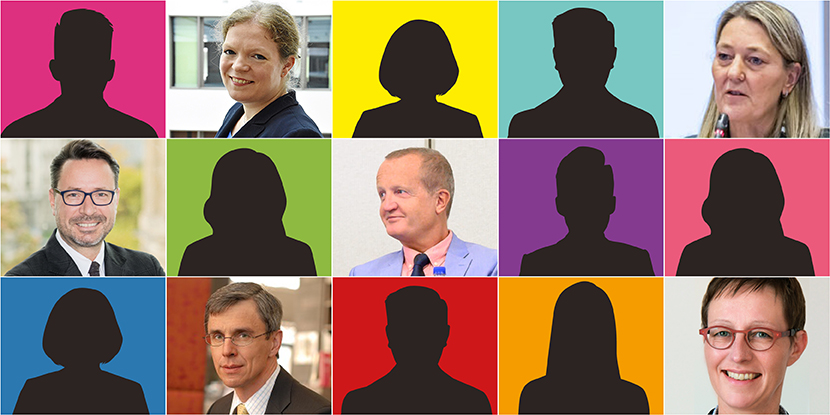
After months of speculation, the UPC Administrative Committee finally announces its list of legally and technically qualified judges ©JUVE Verlag
Milan is confirmed as third central division
March 2023
The Italian press reports that talks between the Italian, French and German governments have developed to focus on the proposed distribution of the International Patent Classification (IPC). However, some discrepancy ensues regarding which city will take the various technical classes.
Read more about the discussions between the countries regarding the IPC.
May 2023
The Italian Ministries of Foreign Affairs and Justice confirm that Milan will host the third central division seat, after extensive negotiations with representatives from France and Germany. Other UPC contracting states will be asked to formalise this during the next meeting of the Administrative Committee.
Read more about the decision to allow Milan to host the third and final UPC central division seat.
May 2023
An inauguration ceremony is held in Luxembourg.

Capital of the Italian Lombardy region, Milan, will officially host the UPC’s third central division. ©bepsphoto/ADOBE STOCK
